PUBLIC PROGRAMS
Since 2020, the Print Council of America (PCA) has partnered with the International Fine Print Dealers Association (IFPDA) Foundation to offer educational programming during IFPDA’s Print Fair, the world’s largest art fair for prints and editions. Below is an archive of public programs sponsored by the PCA, featuring our members and colleagues.
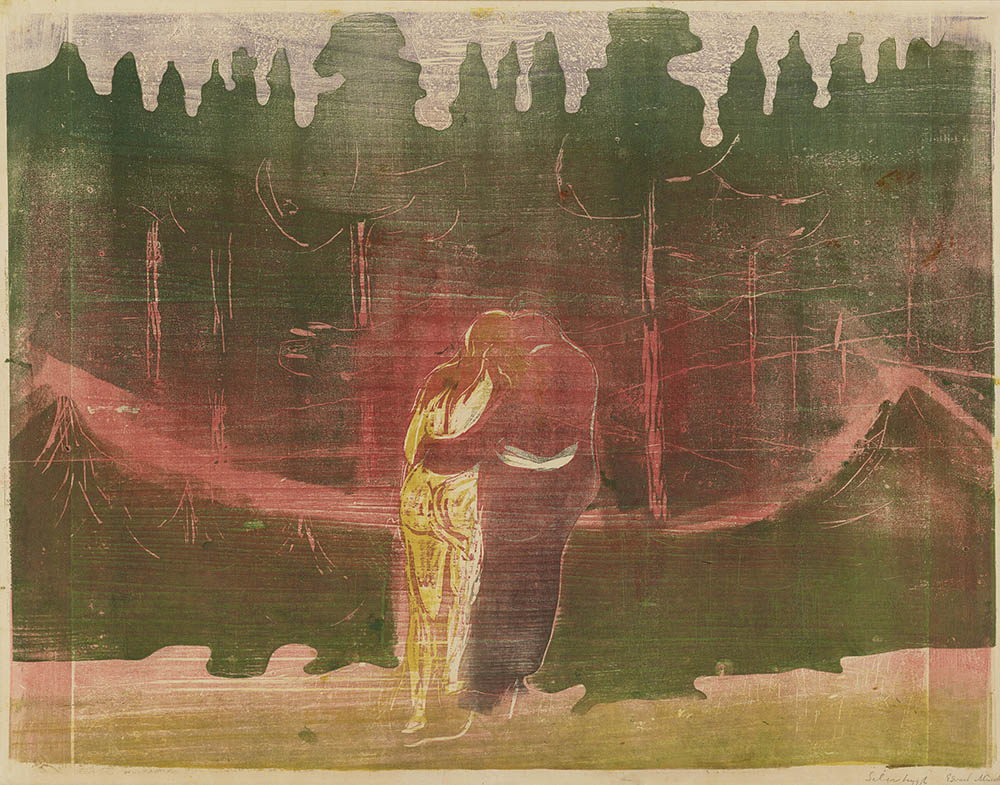
Reframing German Expressionism: Jay A. Clarke, Starr Figura, and Freyda Spira in Conversation
February 18, 2024
In 2024, three US exhibitions reexamine and reframe the work of several key artists associated with German Expressionism: Ernst Ludwig Kirchner, Käthe Kollwitz, Paula Modersohn-Becker, and Edvard Munch. Munch and Kirchner: Anxiety and Expression at the Yale University Art Gallery from February 16 to June 23, 2024, considers the work of Munch and Kirchner from the perspective of mental health. Käthe Kollwitz at the Museum of Modern Art, New York, from March 31 to July 20, 2024, spotlights Kollwitz’s role as an agent of social change and female empowerment. And Paula Modersohn-Becker: I am Me at the Neue Galerie New York from June 6 to September 9, 2024, addresses Modersohn-Becker’s innovative style and unconventional view of women; the exhibition is then on view at the Art Institute of Chicago from October 12, 2024, to January 12, 2025. The exhibitions’ curators engage in a roundtable discussion about these projects and how these four pathbreaking artists used prints and drawings to ask new questions and address different audiences.
Jay A. Clarke, Rothman Family Curator, Prints and Drawings, The Art Institute of Chicago
Starr Figura, Curator, Department of Drawings and Prints, The Museum of Modern Art, New York
Freyda Spira, Robert L. Solley Curator of Prints and Drawings, Yale University Art Gallery

“A Library of Decorative Arts”: Architecture and Ornament Prints from the Decloux Collection at Cooper Hewitt, Smithsonian Design Museum
October 17, 2023
Cooper Hewitt has one of the premier collections of European architecture and ornament prints in North America, including a group of rare albums acquired from the Parisian decorator Jean Léon Decloux (1840–1929). The Decloux collection’s strength is in prints executed in France during the long eighteenth century, when there was a market for serial prints and pattern books, which translated innovations in architecture, decoration, and interior design into striking works of graphic art. This program introduces the collection and its fascinating acquisition history and presents new research about works recently discovered to have been printed and/or published or engraved by women. Their names—including Marguerite Caillou Chéreau, Geneviève-Marguerite Chéreau, Marie Michelle Blondel, and Marie F. Verard Lattré—remained on the periphery of the plate and of art history, overshadowed by familial patriarchs, until now.
Elizabeth Saari Browne, Assistant Professor of Art History, University of Georgia; former Remote Senior Research Cataloguer for the Decloux Collection at Cooper Hewitt, Smithsonian Design Museum
Caitlin Condell, Associate Curator and Head of the Department of Drawings, Prints, and Graphic Design, Cooper Hewitt, Smithsonian Design Museum
Rachel Jacobs, Independent Curator and Curator of Books & Manuscripts at Waddesdon Manor (Rothschild Collections), National Trust, England

Dürer’s Prints and the Islamic East
October 27, 2023
Albrecht Dürer’s depictions of Muslim figures and subjects (nearly 30 of his 270 prints) are considered by many to be among his most perplexing images. This confusion arises from the assumption that the artist and his northern European contemporaries regarded the Muslim Levant as an exotic faraway land inhabited by hostile adversaries, not a region of neighboring empires affiliated through political and mercantile networks. This presentation considers three of the artist’s most enigmatic print projects—Sea Monster, Knots, and Landscape with a Cannon—situating them within historical contexts that reflect productive collaborations between Christendom and Islam, from the artistic and commercial to the ideological and political. Some of these connections are surprising—such as linking silver wire filigree and carving woodblocks for printing, or artillery and the production of etchings—but all demonstrate the artist’s astute reflections on nodes of contact and exchange.
Susan Dackerman, Art Historian and Curator
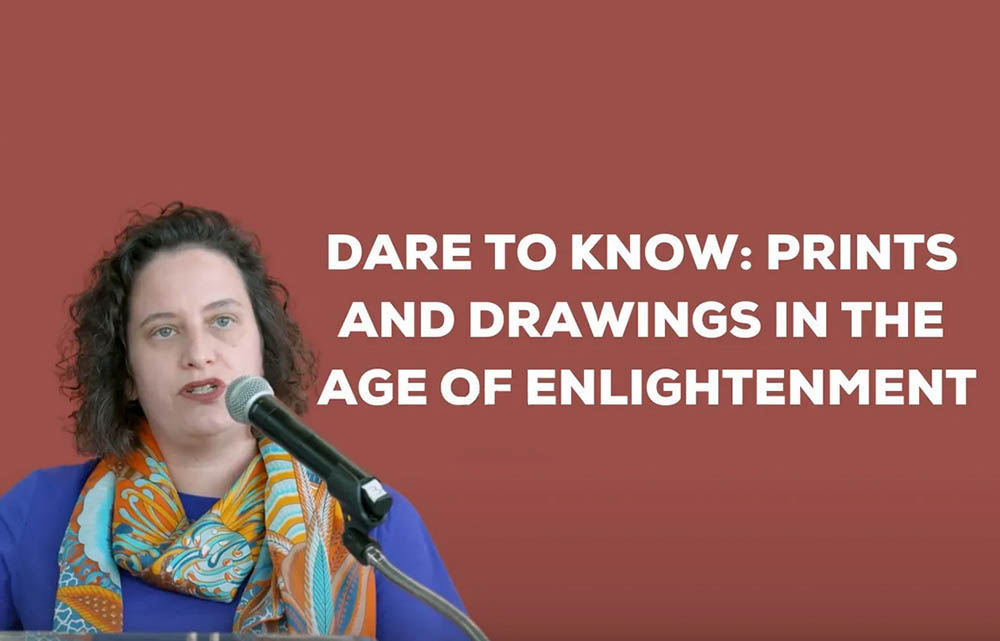
Dare to Know: Prints and Drawings in the Age of Enlightenment
October 29, 2022
Harvard Art Museums’ major loan exhibition Dare to Know: Prints and Drawings in the Age of Enlightenment examined the critical role played by the graphic arts in the construction and dissemination of ideas during the Enlightenment, giving visual, concrete form to novel concepts in every realm of intellectual inquiry. The exhibition argued that prints and drawings wielded the potential to articulate, reinforce, or contradict beliefs as well as biases, while also arguing for social action and imagining new realities. This talk opens with co-curator Elizabeth Rudy’s overview of the exhibition’s scope and arguments, followed by two student contributors’ focused presentations on one print they researched for the exhibition and wrote about in the catalogue, and concludes with co-curator Kristel Smentek’s brief remarks and observations.
Elizabeth Rudy, Carl A. Weyerhaeuser Curator of Prints, Division of European and American Art, Harvard Art Museums
Thea Goldring, PhD Candidate, Department of History of Art and Architecture, Harvard University
J. Cabelle Ahn, PhD Candidate, Department of History of Art and Architecture, Harvard University
Kristel Smentek, Associate Professor of Art History, Department of Architecture, Massachusetts Institute of Technology
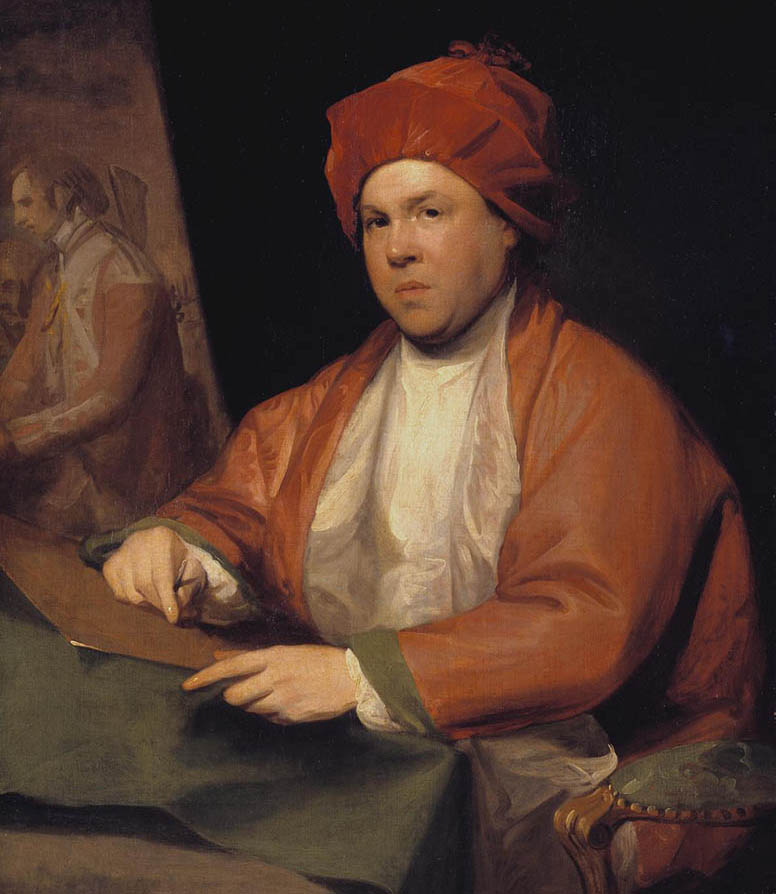
Gilbert Stuart, the Print Trade, and the Genesis of Art as Intellectual Property in the United States
October 14, 2021
Why were paintings not protected by American copyright law until 1870 while “historical prints” (1802), “any print or engraving” (1831), and photographs and their negatives (1865) benefited from copyright protection? At a time when many a printmaker’s accomplishment was measured in relation to the design of printed images that copied or translated another work of art, nineteenth-century American copyright statutes seemingly presented a conundrum: protecting the copy while leaving the original open to reproduction, appropriation, plagiarism, or any other form of pirating. Starting with Gilbert Stuart’s legal and public battle to control copying and the circulation of his portraits of George Washington, this lecture explores the roots of an early nineteenth-century understanding of art as intangible property.
Marie-Stéphanie Delamaire, Associate Curator of Fine Arts, Winterthur Museum, Garden and Library

Poetic Science: The Origins of Digital Printmaking
October 21, 2021
Leslie Jones and Debora Wood present the origins of computer-generated prints and the creative applications of new technologies from the 1950s through the 1980s. Some of the earliest output devices, including plotters and impact printers, are discussed as well as works that originated in the computer but were printed via traditional processes, such as intaglios, woodcuts, and screenprints. Vera Molnár, Frederick Hammersley, Waldemar Cordeiro, Otto Beckmann, Frieder Nake, Joan Truckenbrod, and Jean-Pierre Hébert are some of the artists whose works are explored. This program aims to create a greater awareness of early computer-generated art while providing context for understanding contemporary digital prints.
Leslie Jones, Curator of Prints and Drawings, Los Angeles County Museum of Art
Debora Wood, Curator and Scholar
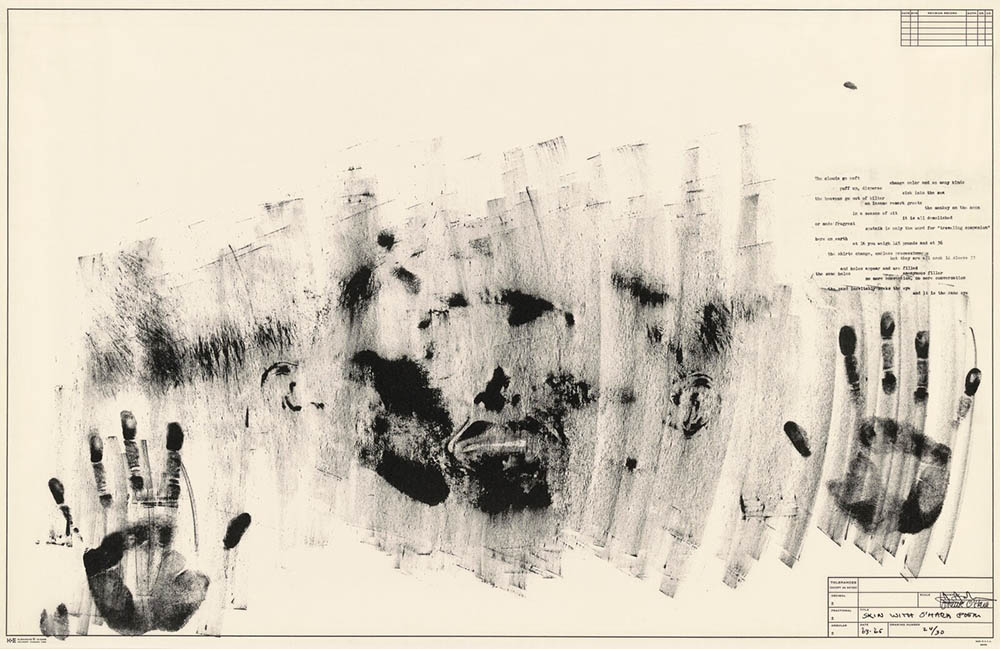
Art and the Pull of Print — A Conversation
October 28, 2021
How might we more fully consider the physical operations of printmaking as contributing to the conceptual, metaphorical, and visceral implications of prints as works of art? What would it mean to consider contact rather than reproduction as the essence of print? To argue that printmaking drives, rather than derives from, innovation in other media? To imagine that the processes of printmaking, its nuanced way of facing up to the factual, encourage a way of seeing the world that is urgently needed today? Jennifer L. Roberts provides a brief overview of her A. W. Mellon lecture series “Contact: Art and the Pull of Print” and then discusses ideas set forth with Andrew Raftery and Glenn Adamson.
Jennifer L. Roberts, Elizabeth Cary Agassiz Professor of the Humanities, Harvard University
Glenn Adamson, Curator and Writer
Andrew Raftery, Professor of Printmaking, Rhode Island School of Design
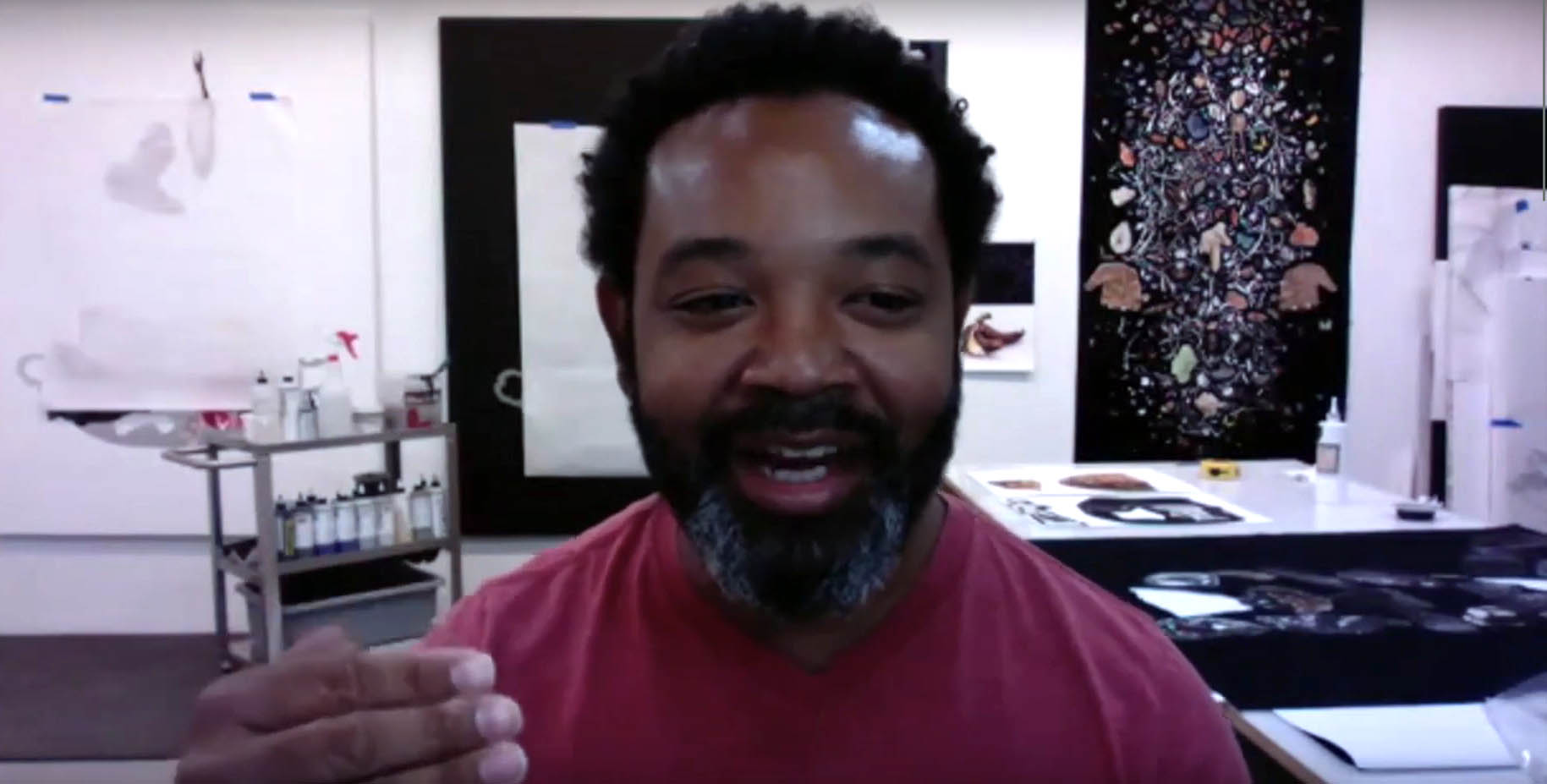
A Closer Look: Prints Then & Now — Form through Darkness: The Works on Paper of Jean-Jacques Lagrenée and William Villalongo
October 16, 2020
Co-organized by the Print Council of America and the International Print Center New York (IPCNY), this series pairs a print curator with an artist from IPCNY’s exhibition Living in America to share insights through close looking at a selection of prints from their respective curatorial and studio practices. Rena M. Hoisington begins with the presentation “Form through Darkness: The Works on Paper of Jean-Jacques Lagrenée,” followed by William Villalongo discussing his artwork and processes.
Rena M. Hoisington, Curator and Head of the Department of Old Master Prints, National Gallery of Art
William Villalongo, Artist

A Closer Look: Prints Then & Now — Modernity, Machines, Modern Life
October 23, 2020
Co-organized by the Print Council of America and the International Print Center New York (IPCNY), this series pairs a print curator with an artist from IPCNY’s exhibition Living in America to share insights through close looking at a selection of prints from their respective curatorial and studio practices. Jennifer Farrell begins the presentation with “Modernity, Machines, Modern Life: Images of Everyday Life from Interwar Britain to the Great Migration.” Artist Yashua Klos follows with a discussion on his site-specific installation, then in progress at BRIC in downtown Brooklyn. Klos used Diego Rivera’s Detroit Industry Murals as a scaffolding to present his own family tree in this monumental woodblock mural, featuring portraits of family members who worked in the auto plants in Detroit.
Jennifer Farrell, Associate Curator, Department of Drawings and Prints, The Metropolitan Museum of Art
Yashua Klos, Artist

A Closer Look: Prints Then & Now — Murder, Malice, and Mayhem, in the 18th Century and Today
October 30, 2020
Co-organized by the Print Council of America and the International Print Center New York (IPCNY), this series pairs a print curator with an artist from IPCNY’s exhibition Living in America to share insights through close looking at a selection of prints from their respective curatorial and studio practices. Elizabeth Rudy begins the presentation with “Murder, Malice, and Mayhem in 18th-Century France: Responses in Graphic Media,” followed by Mark Thomas Gibson discussing related themes and how printmaking became a part of his artistic practice, sharing many of his recent works.
Elizabeth Rudy, Carl A. Weyerhaeuser Associate Curator of Prints, Division of European and American Art, Harvard Art Museums
Mark Thomas Gibson, Artist